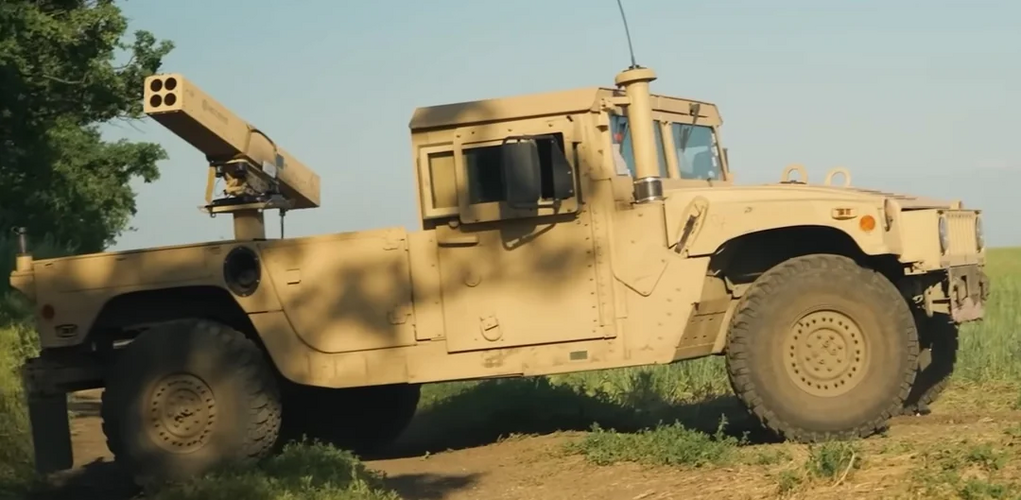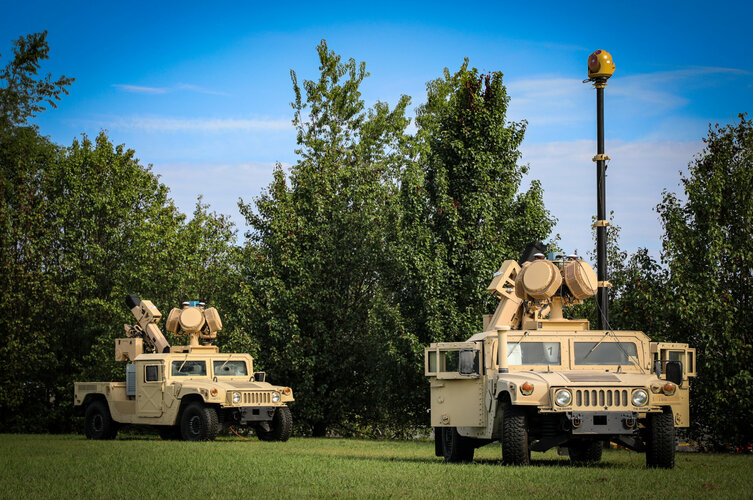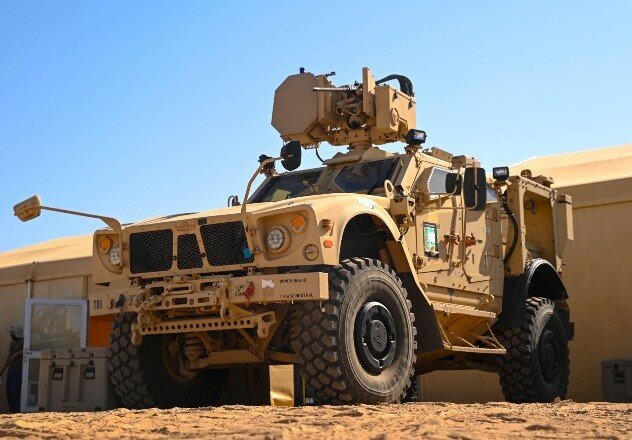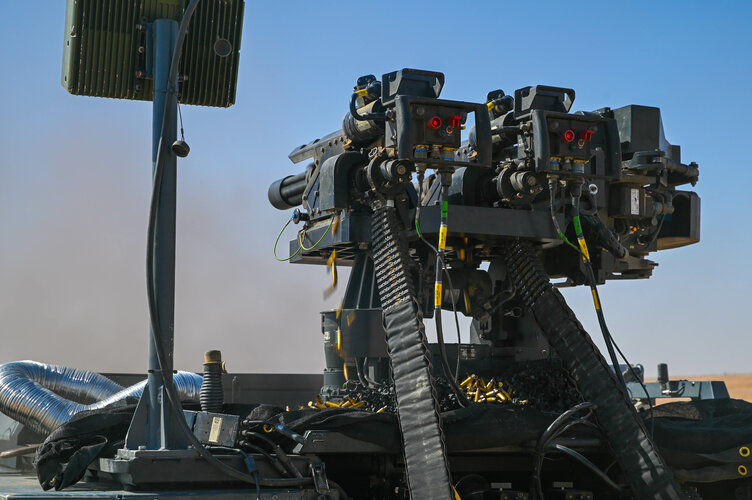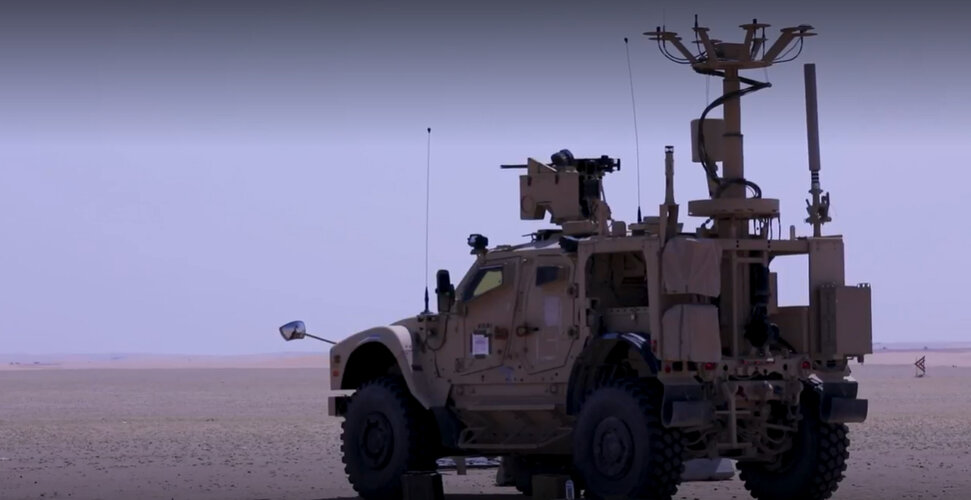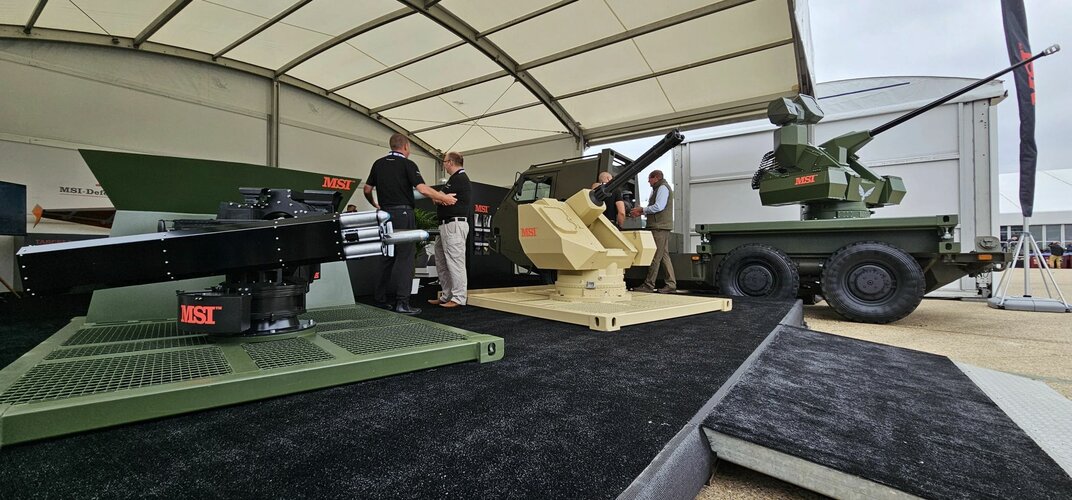- Joined
- 3 June 2011
- Messages
- 17,803
- Reaction score
- 10,700
That's great to hear. When I read it was cancelled (must have been an old article talking about the first phase) it blew my mind that they'd cancel a mod that was so simple with so much bang for the buck.Isn't it simpler to use something akin to APKWS?
Does APKWS have the kinematics to engage a manouevring target? It's basically a straight-line weapon with course-correction, rather than a dogfight weapon.
I thought that thing got cancelled. (2.75" LG rocket.)
There was a laser-guided Zuni (5" rocket) as well but no idea if it ever went into production.
The original APKWS was cancelled, but 70mm APKWS II is fielded and operational in fairly large numbers (tens of thousands of rounds procured).
APKWS® laser-guidance kit
The APKWS® laser-guidance kit transforms an unguided 2.75-inch (70 millimeter) rocket into a precision-guided rocket, giving warfighters a low-cost surgical strike capability.www.baesystems.com

